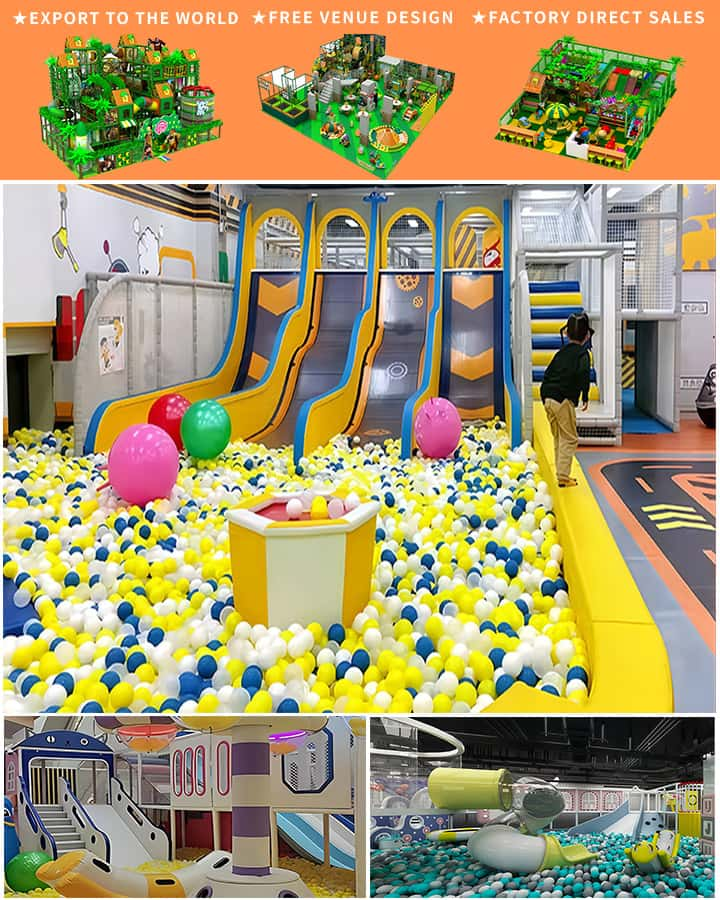Creating an indoor play area for kids can be a fun and exciting project that not only provides a dedicated space for children to play, but also helps in their physical and cognitive development. With a bit of planning and creativity, you can transform any room into a magical haven where your kids can explore, learn, and grow. Here’s an ultimate guide to help you design the perfect indoor play area for your little ones.
Why an Indoor Play Area is Essential
In today’s digital age, ensuring that kids have a designated space for unstructured play is more crucial than ever. An indoor play area offers numerous benefits:
- Physical Activity: Encourages movement and helps prevent childhood obesity.
- Cognitive Development: Stimulates imagination and problem-solving skills.
- Emotional Growth: Provides a safe space for self-expression and emotional well-being.
- Social Skills: Promotes interaction with siblings and friends, fostering communication and teamwork.
Choosing the Right Space
The first step in creating an indoor play area is choosing the right room or part of a room. Considerations include:
- Size and Layout: A larger room offers more flexibility. Open spaces are great, but even a corner of a living room can work with some creativity.
- Safety: Choose a space free from hazards like electrical outlets, sharp objects, and heavy furniture.
- Accessibility: Ensure the space is easily accessible to encourage frequent use.
Key Features to Include

1. Soft Flooring
Investing in soft flooring such as foam mats, carpet tiles, or interlocking rubber tiles can make the play area safer. These materials provide cushioning to prevent injuries from falls.
2. Storage Solutions
Keeping toys organized is key to maintaining a clutter-free space. Consider bins, baskets, shelves, and storage cubbies. Labeling each storage unit can also help kids develop responsibility and organizational skills.
3. Versatile Furniture
Choose furniture that can grow with your child’s needs. Foldable tables and chairs, modular seating, and convertible cribs can serve multiple purposes and adapt as your child grows.
4. Interactive Toys and Activities
Include a mix of educational and recreational toys. Building blocks, puzzles, art supplies, musical instruments, and pretend play sets can keep kids engaged and learning. Rotate toys periodically to maintain interest.
5. Reading Nook
A cozy reading corner with bookshelves, comfortable seating, and good lighting encourages a love for reading. Include a variety of books appropriate for different age groups.
6. Creative Wall Space
Use walls to display artwork, chalkboards, magnetic boards, or even a mural. This not only adds a personal touch but also serves as an outlet for creative expression.
Safety First
Safety should always be a top priority when designing an indoor play area for kids:
- Non-Toxic Materials: Use paints, finishes, and materials that are non-toxic and child-friendly.
- Furniture Safety: Secure furniture to the wall to prevent tipping. Round off edges and corners to avoid injuries.
- Supervision: Always supervise young children, especially if the space includes small toys or elements that could pose choking hazards.
Personalizing the Space
Personalizing the play area makes it more inviting for your kids:
- Theme: Choose a theme that excites your child—be it a jungle, underwater world, outer space, or their favorite storybook characters.
- Decorations: Decorate with items that match the theme—posters, decals, and themed bedding can all contribute to the atmosphere.
- DIY Projects: Involve your kids in DIY projects to create unique decorations or toys. This not only personalizes the space but also adds sentimental value.
Maintenance Tips
Maintaining the indoor play area ensures it remains a pleasant and functional space:
- Regular Cleaning: Keep the area clean by vacuuming regularly and wiping down surfaces. Wash soft toys and linens frequently.
- Check for Wear and Tear: Inspect toys, furniture, and other elements periodically for wear and tear to ensure they remain safe.
- Reorganize: Rearrange and rotate toys and activities periodically to keep the space fresh and engaging.
Conclusion
Creating a kids’ indoor play area is a rewarding endeavor that provides endless benefits for your children’s growth and happiness. By carefully planning and incorporating essential features while prioritizing safety, you can design a space where your kids will love to spend time exploring their creativity and building memories. So roll up your sleeves, get creative, and watch as your indoor play area becomes the heart of fun and learning for your little ones!




